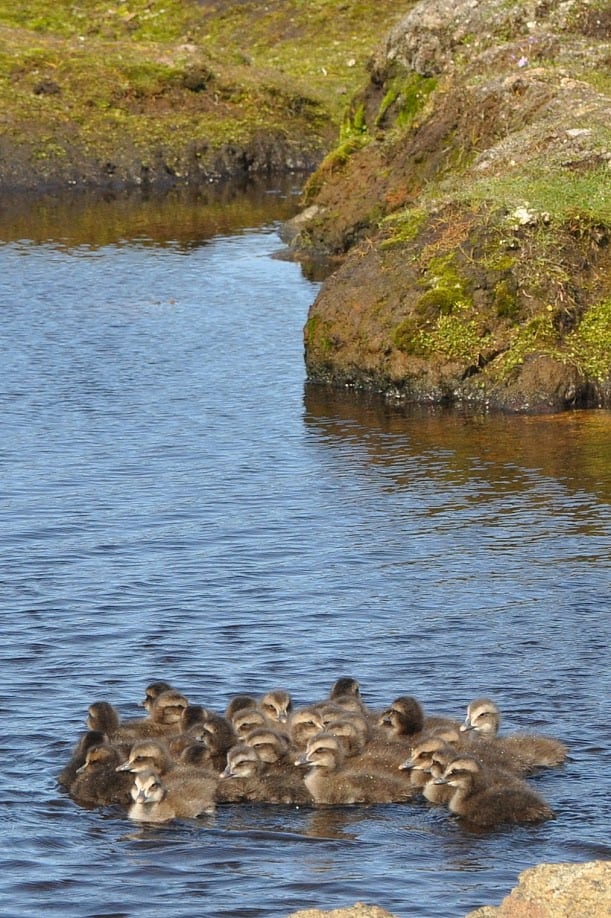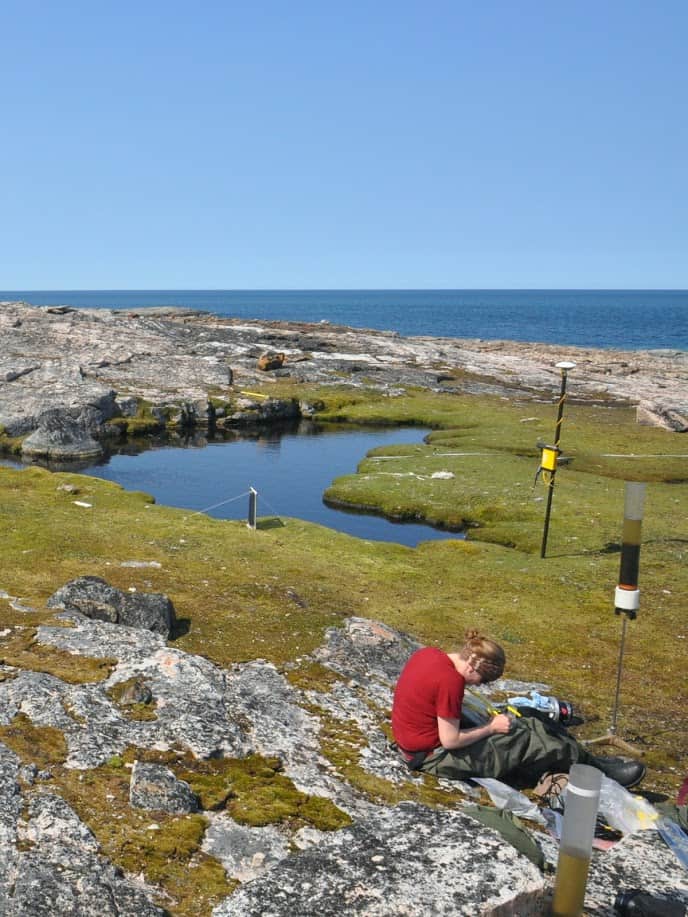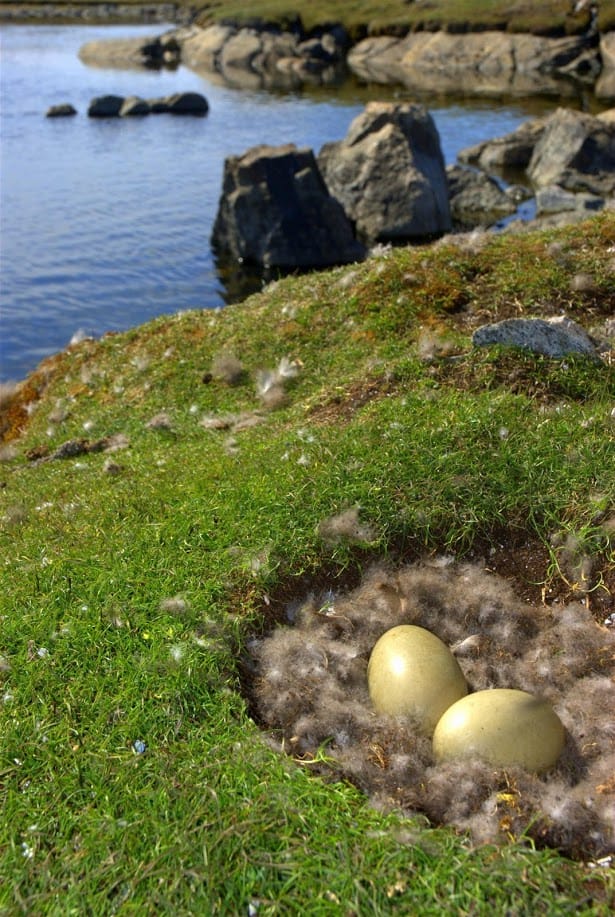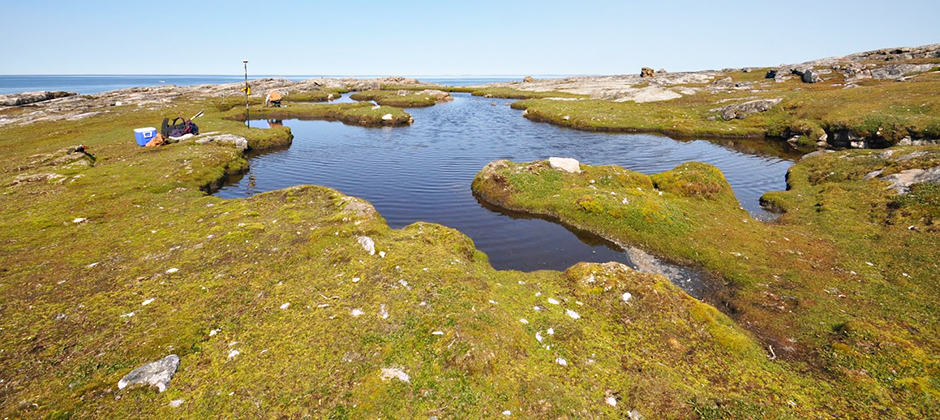Share this article
Lake core samples reveal impact of overhunting on seaducks
Decades of sediment built up deep under Arctic ponds can reveal the size of past seabird populations and how harvesting has impacted their numbers over the decades.
“We can track inputs from seabirds going back hundreds, sometimes thousands of years” said Jules Blais, an ecology professor at the University of Ottawa and the senior author of a study published recently in the Proceedings of the National Academy of Sciences.

The technique involves using lake core samples, which include remnants of a decades-worth of droppings and dead birds, that can provide biographical information. These core samples can give researchers year-by-year population estimates similar to the way archaeologists use tree ring samples to gauge the age of wooden artifacts, or how glaciologists use ice core samples to understand how the climate has changed over time.
By using lake core samples, Blais and his co-authors can analyze the amount of nitrogen or carbon isotopes and naturally occurring steroids which can be specifically tracked to seaducks, also known as northern common eiders (Somateria mollissima borealis).
“It’s a relatively new method but it’s a method we’ve been developing for some time,” he said, adding that the samples have pushed back their knowledge much earlier than the 1950s, when the first population surveys were recorded. “As you go back further into the core, it’s a bit like going back in time.”
These birds spend their summers around the ponds in Arctic islands where they are safe from predators. They leave droppings, which settle into the sediment, and sometimes die and sink into the ponds. The carbon and nitrogen that make up much of their droppings and bodies gets buried over the years, but can be traced by isotope analysis hundreds or even thousands of years later.

In this study, the researchers took lake core samples dating back several hundred years, including 10 seaduck colonies in three different locations. One of them was an area near Cape Dorset on Baffin Island in Nunavut, Canada, which experienced an increase in hunting in the early 20thcentury due to an influx of Inuit population and more widespread use of motorboats and other technologies, which made it easier to hunt the ducks. The other two locations were far from any known human settlements.
They found that the latter ponds showed stable levels of the isotopes over time, while the Cape Dorset area showed a clear decline in isotopic and steroid tracers from the eiders.
“We took this as evidence that the hunting for these eider populations were unsustainable,” Blais said, adding that increased hunting of the birds on their migration route through adjacent Greenland from the early- to mid-20thcentury also likely contributed to these declines.

Besides the results of this study, Blais said that the use of lake core samples has “tremendous potential” to help researchers understand population levels of a number of species before surveys and records were taken. This type of information can help us to understand the impact of past human harvesting, and where the geological data permits, possibly even the way that climate change might impact population levels.
For this study, researchers surmised that the chemical tracers mostly came from seaducks since they are the only birds that inhabit these ecosystems. But he and his colleagues are also currently working on techniques that would allow researchers to actually identify the differences between species by adding in DNA analysis of the samples they leave behind.
Header Image: Caption: Northern common eiders have spent their summers on the same small ponds on Arctic islands for hundreds of years. ©Kathryn Hargan








